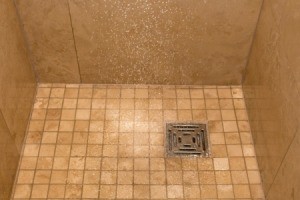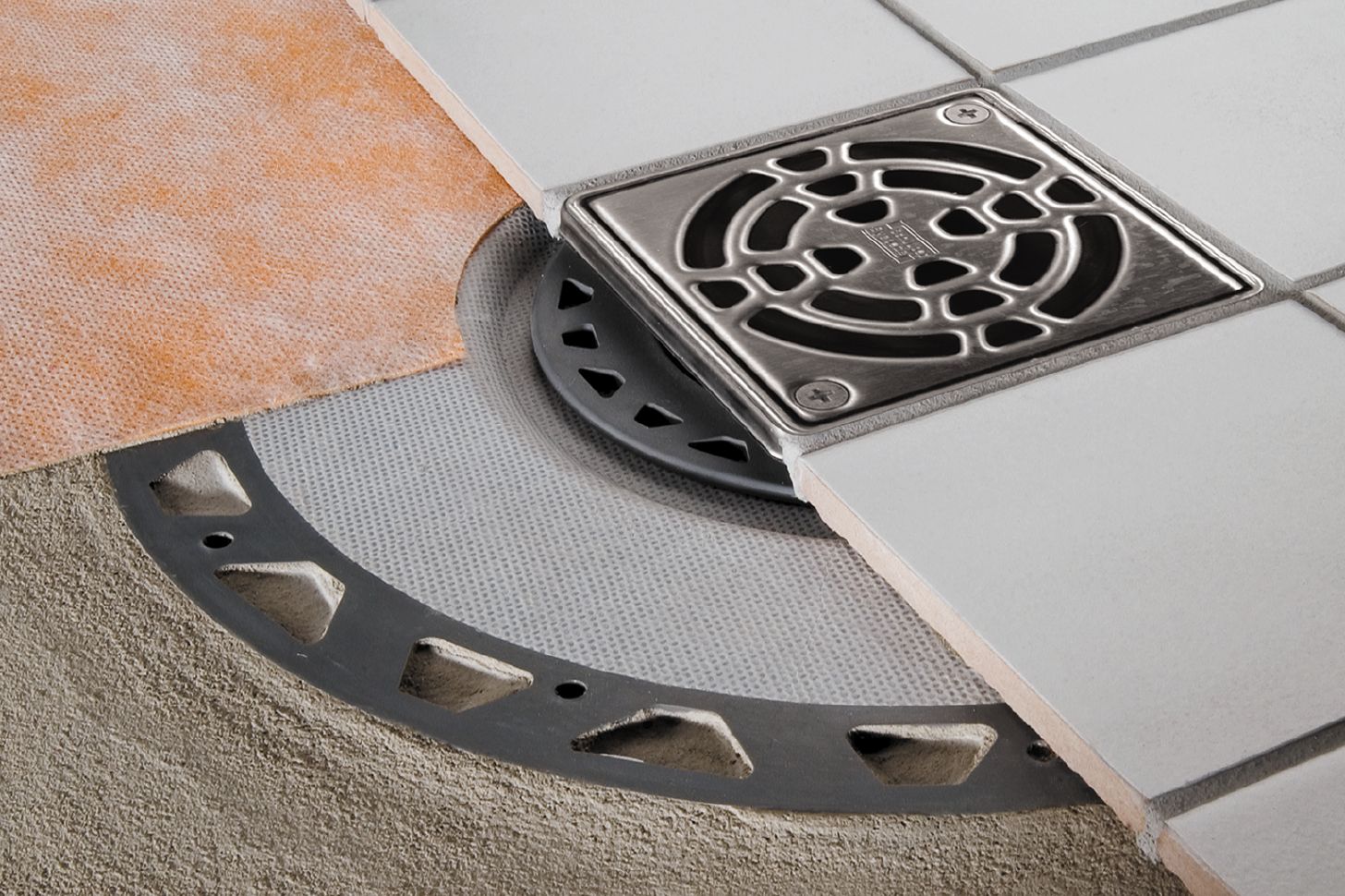Handling Your Bathroom Drain Setup On Your Own
Handling Your Bathroom Drain Setup On Your Own
Blog Article
The article in the next paragraphs in relation to How to Install or Replace a Shower Drain is truly attention-grabbing. Try it and draw your own assumptions.

Upgrading a bathroom is just one of the extra preferred home renovation projects. Managing the plumbing for draining your shower can be exceedingly straightforward unless you go overboard.
Handling Your Own Shower Drain Installation Project
Whether you are a bathtub or shower person, most people seek shower only choices when buying a house. This simple truth implies more than a couple of home owners invest a weekend break upgrading or installing showers in their restrooms. The good news is for you, it is a rather straightforward process.
A collector or frying pan refers to the straight surface located at the bottom of the shower. The collection agency normally contains a non-slip surface a little banked in the direction of the center or wherever the drain is located. Incorporated with 3 to four inch walls around the side, the goal of your shower drainage plumbing is to get the water to flow to as well as away.
You can physically construct a collection agency for your brand-new shower, but you truly need to consider it. Do you really want to enter the problems of getting the sloping correct, in addition to seeing to it every facet of it is water-proof? And also I indicate every element! It is a lot easier to simply buy a pre-cast collector online or at your neighborhood Lowes, Residence Depot or equipment store. Building one may sound like an excellent concept, but you will most likely really feel differently after a number of hours.
Despite just how you deal with getting a pan, you need to make every effort to make use of one that has the drainpipe situated in the very same spot as the initial frying pan. Relocating the drain pipes can be a task, specifically if the builder utilized a special framing framework. If you are figured out to move the drainpipe, you are mosting likely to need to cut back the pipe or extend it, which might mean destroying big chunks of the floor. Put another way, you are mosting likely to be checking out a multiple weekend break task.
Thinking we have our drainpipe aligned, the actual hook up is rather basic. The drain pipeline should be dealing with vertical as much as the collection agency. It will frequently appear like a "U", which indicates it serves as a cleanout to keep nasty scents from coming back up from the drain. To link the drain, you are going to create a water tight connection in between a drain cap on the top of the pan and the drain pipe. Solutions vary, but you are generally going to do this by placing a combining piece on the top of the drain pipeline. This is then covered with gaskets as well as essentially screwed right into the drainpipe cap. The drainpipe cap ought to act as a locknut, to wit, it screws directly onto the combining.
The challenging part of this procedure is getting your drain cap to fit into a leak-proof setting in the pan. This is achieved by withdrawing the drainpipe cap as soon as you make sure whatever meshes. Then, you put plumbing technicians putty around the bottom of the cap and afterwards screw it back on. The putty ought to create a limited seal between the cap as well as the shower frying pan, which keeps water from flowing under it and right into the framing under the shower.
Certainly, bathroom showers come in a wide range of designs these days. If you acquire an enthusiast, they usually featured plumbing directions or the shop can note anything uncommon you must know. It appears complicated, however is commonly rather straight forward. Have a good time!
Tips for Installing a Shower Drain Assembly
Renovating a bathroom can be exciting as well as fulfilling if you’re tackling the job DIY-style. After you cross off the bigger decisions such as tile style, paint colors, and fixtures, you’ll need to finalize smaller details – such as the shower drain. In this article, we’re sharing some tips for selecting and installing the right drain assembly for your updated shower.
What is a shower drain assembly?
Shower bases or pans typically only come with a pre-drilled drain hole. Since the pan slopes toward the drain, you should consider the placement – left, center, or right – when designing your shower. You’ll need to purchase and install a shower drain assembly that connects the shower pan to the drain pipe underneath the shower. There are a few types of assemblies, which will be covered below.
Size of a shower drain
When it comes to installing drains, size matters. The recommended pipe size for a shower drain is 2 inches, whereas most tubs use 1.5-inch pipes. Why the difference?
Shower pans are shallower than tubs, so there’s a higher risk for overflow. So, the larger pipe allows for quicker draining. If you are replacing an old tub with a newer stand-up shower, you will need to make additional plumbing adjustments to accommodate the 2-inch pipe.
Types of shower drain assemblies
There are three common types of shower drain assemblies: compression shower drain, solvent-glue shower drain, and tile shower drain. The layout, design, and materials of your shower can determine which type of shower drain assembly will work best.
Compression shower drain
This type of assembly attaches to the drain pipe with compression washers and nuts. The drain fitting is typically installed into the base, and then the base is installed into the bathroom floor. This makes compression-style drains easier to install than other options, particularly if you don’t have easy access from the floor under the shower base. Drains are available in a wide range of materials such as PVC (polyvinyl chloride), ABS (Acrylonitrile Butadiene Styrene), and brass, and can be used for acrylic, fiberglass, and steel shower bases.
Solvent-glued shower drain
Made of either polyvinyl or ABS, this type of shower drain is sealed to the drain pipe with solvent glue and silicone. Since you’ll be working underneath the drain pan, we only recommend using this type of drain if you have access under the shower, such as from a basement or crawlspace. It’s also important that you match the type of plastic of the drain with the drainpipe. If you take these precautions, you can install a solvent-glued drain assembly with acrylic, fiberglass, and steel shower bases.
Tile shower drain –
Drain assemblies for custom tile showers feature a waterproof membrane liner placed between two flanges. The tile is installed on top of the liner, collecting any water that seeps through the porous grout. A metal strainer is installed in line with the tile over the drain.
https://www.epshawaii.com/blog/tips-for-installing-a-shower-drain-assembly/

Hopefully you enjoyed reading our section on Simple Steps for Installing a Shower Base. Many thanks for taking time to browse our short article. Those who appreciated our post if you please remember to share it. Kudos for your time. Visit again soon.
Report this page